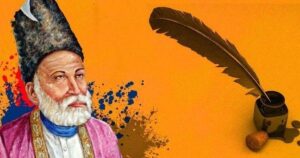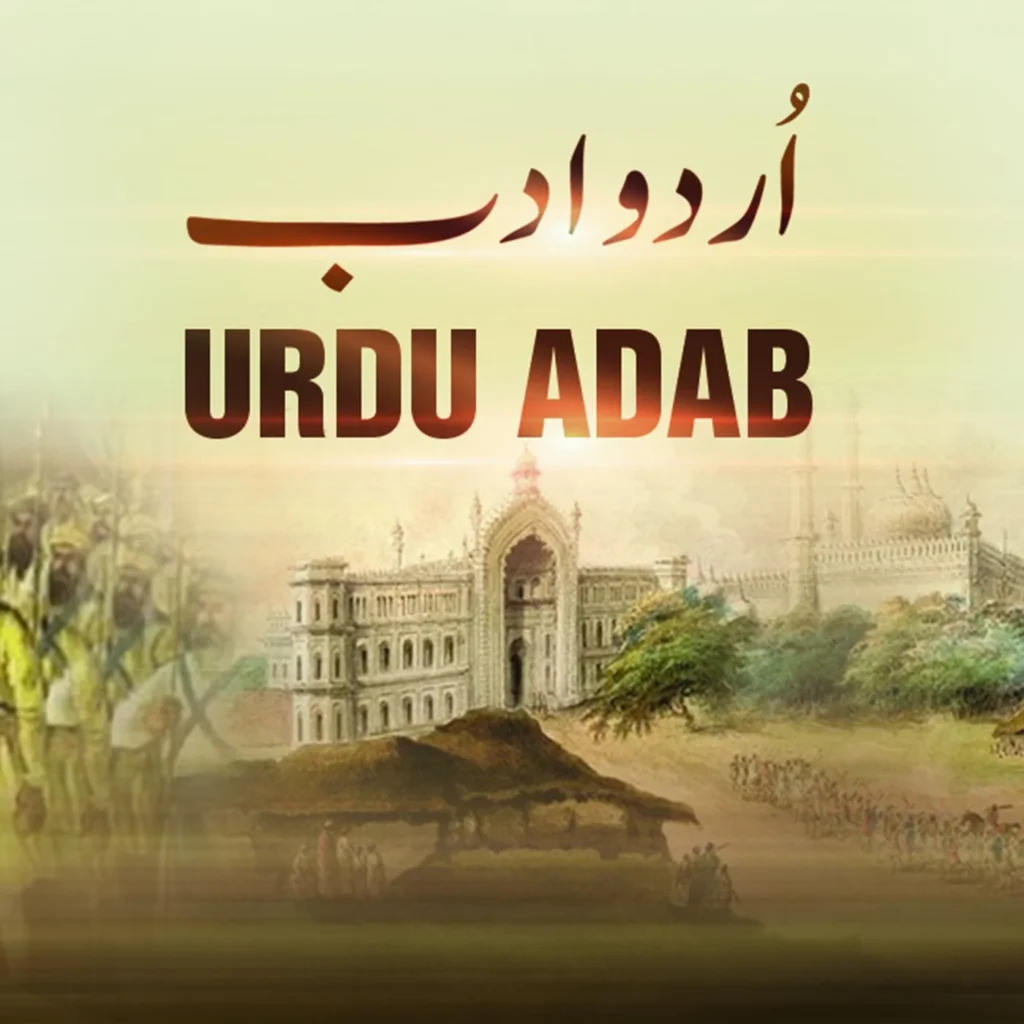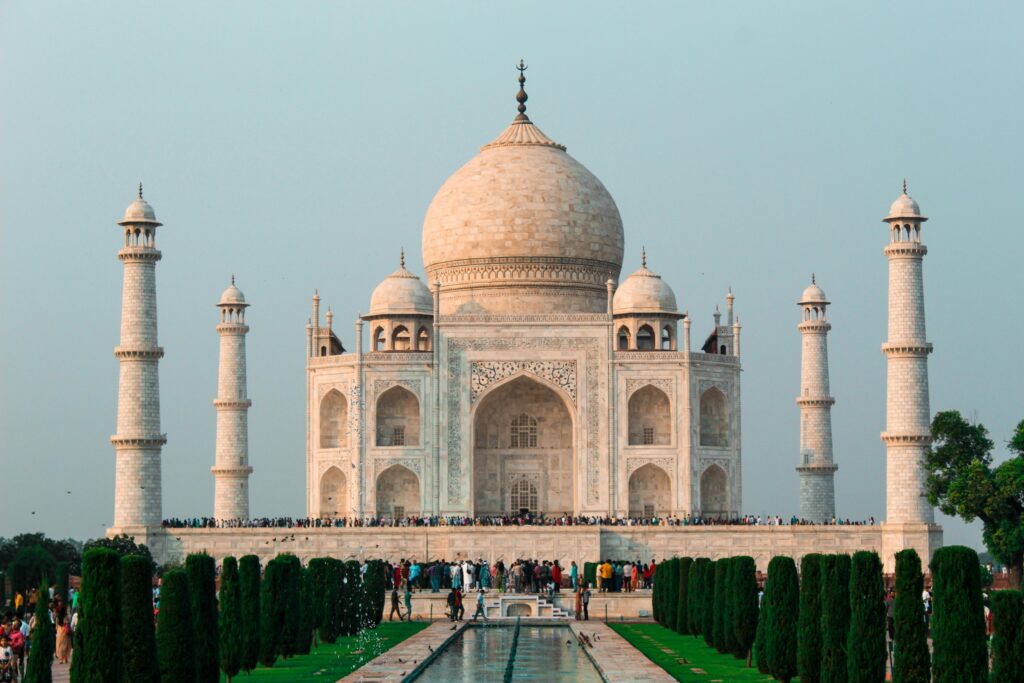The rich legacy of Urdu literature
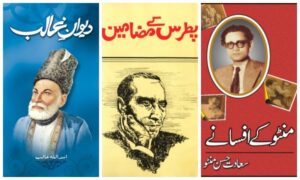
Urdu literature plays an important role in South Asian culture. It is steeped in history, art, and folklore. Home to many different types of literature, including poetry, prose, drama, and novels, Urdu developed from a combination of Persian, Arabic, Turkish, and local languages in India. It has evolved over the centuries into a soft language that is elegant and refined. Its 13th-century literary tradition is an important cultural force. that influences millions of people in the region. The history of Urdu literature is intertwined with the social, political, and cultural history of South Asia. especially India and Pakistan
Origin and development
The roots of Urdu literature go back to the beginnings of the Delhi Sultanate, of which Persian was the court language. Over time, local dialects, especially Delhi’s Khari Boli, combined with Persian, Turkish, and Arabic influences, giving rise to what we know today as Urdu. As the earliest forms of Urdu writing appeared in the Deccan during or in the 14th century, with poets like Amir Khusrau credited with some of the earliest works, however, it was during the Mughal period that the Urdu language looked really prosperous.
One of the most important developments in Urdu literature occurred during the reign of the Mughal emperor Bahadur Shah Zafar, who was also a poet. Literary greats like Mirza Ghalib, Zauq, and Momin—who wrote some of the best Urdu poetry—followed Zafar’s court. These poets established the foundation for the traditional ghazal, a kind of poetry that has come to be associated with Urdu literature. Particularly Ghalib is admired for his profoundly philosophical poetry that addresses spirituality, love, loss, and the human predicament.

Urdu literature genres.
Among various genres that Urdu literature offers, it is most likely that poetry stands at the top of the list. Out of these poetic forms, the most important ones are ghazal, nazm, marsiya, and qasida. Long ago, ghazal was most widely appreciated as a poetry form; Ghalib, Faiz Ahmed Faiz, and Allama Iqbal have also appeared within the public imagination as legendary figures owing to their contribution to this genre. Ghazals have rendered their place in society through rhyming couplets and emphasizing themes of love and longing.
Urdu writers have written on an incredible range of subjects, from politics to social reform and even fantasy and romance. The short story, or afsana, became a very popular literary genre in the 20th century. Perhaps the best of Urdu short story writers was the piercingly perceptive Saadat Hasan Manto, notable for his humanly realistic portrayals of human misery.
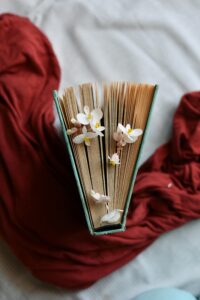
Urdu literature at times finds itself caught in politics and society.
Urdu was always the vital part of political and social discussions in the subcontinent. The Urdu poets and writers treated the independence and liberty of nations through their writings as resistance to the British colonial power. After all, Allama Iqbal has been called the “Spiritual Father of Pakistan,” but he did play an important role in inspiring the Muslim League to demand a separate Muslim state. In one of the well-known poems, “Sare Jahan Se Achha,” he created an anthem for India’s independence movement.
Urdu literature flourished after partition; it was declared to be the official language in Pakistan. Progressive voices were also articulating through Faiz Ahmed Faiz to “criticize tyrannies and call for social justice.” Poems like “Hum Dekhenge” by Faiz became a piece of resistance.
During the Modern Period Literature in Urdu
Urdu literature, despite its setback from the decline in readership and its dominant use of English, is quite full of life, and the contemporary poet, dramatist, and novelist make it so through the innovation of new forms and subjects. Intizar Hussain and Qurratulain Hyder have bridged the gap between traditional and modernist literature.
It further depicts the cultural and linguistic diversity of South Asia in Urdu literature, which shows some of the most important works from past cultures, reshaped through the intersection of various traditions. Poetry, prose, and even theater forms—it never fails to draw readers into its singular window into the heart and soul of the country.
